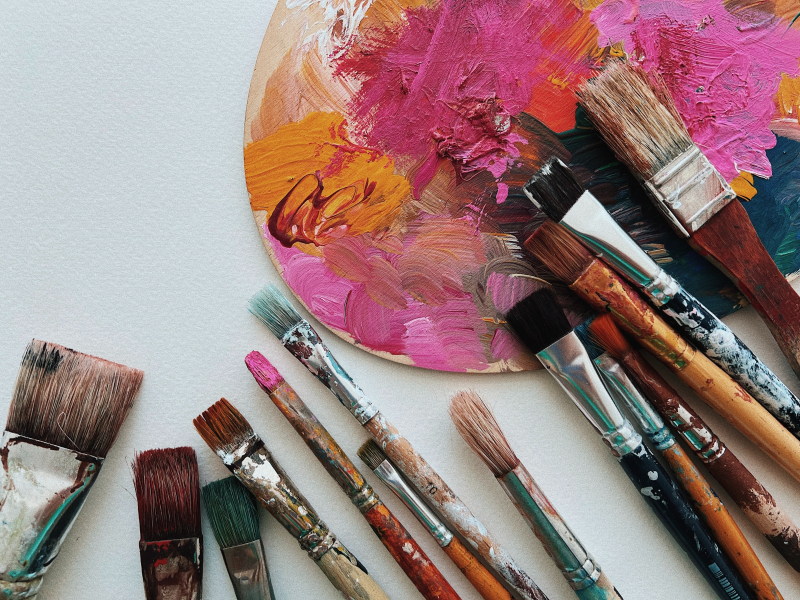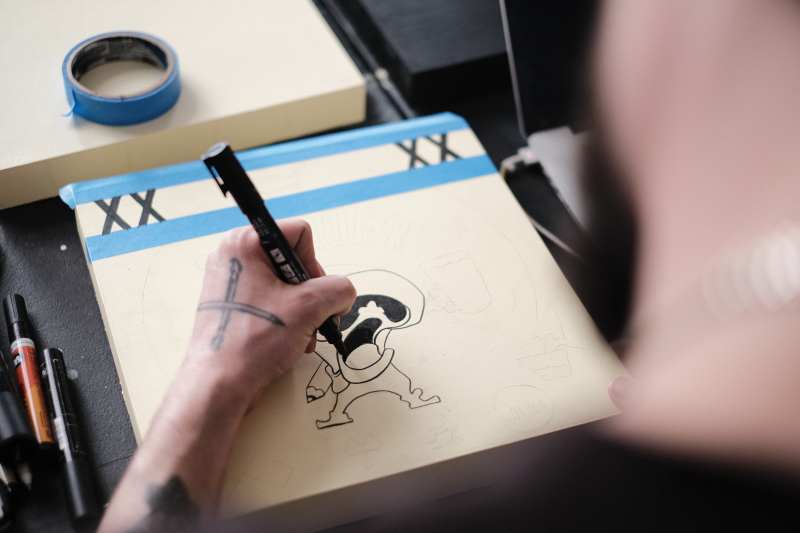Censorship in the Arts
Topic: Analyze the controversies surrounding censorship in the arts, considering issues of freedom of expression, cultural sensitivity, and the role of art in society.
Answer:
Censorship in the arts has been a persistent source of controversy, provoking debates on the delicate balance between freedom of expression, cultural sensitivity, and the role of art in society. This essay critically examines the complexities surrounding censorship in the arts, exploring the tensions between artistic freedom and the societal responsibility to navigate cultural sensitivities.
Central to the controversies surrounding censorship in the arts is the principle of freedom of expression. Advocates argue that art serves as a powerful vehicle for conveying diverse perspectives, challenging societal norms, and fostering creativity. Censorship, when applied without due consideration, risks stifling artistic autonomy and undermining the democratic principles that uphold freedom of expression.
Censorship often arises from concerns about cultural sensitivity, with artworks facing suppression due to their perceived offensiveness or cultural appropriation. The debate delves into questions of respect, ownership, and the responsible portrayal of diverse cultures. Striking a balance between artistic freedom and cultural sensitivity requires nuanced approaches that promote understanding and dialogue.
Art has historically served as a platform for dissent and political commentary, challenging oppressive regimes and advocating for social change. Censorship in the form of political suppression raises ethical questions about the silencing of dissenting voices and the potential erosion of democratic values. The role of art in fostering social critique becomes integral to discussions on the broader implications of political censorship.
In the digital age, the dynamics of censorship have shifted with the immediacy and accessibility of information. Online platforms and social media expose artworks to a global audience, amplifying both the potential for controversy and the challenges of enforcing censorship. The clash between local norms and global perspectives adds layers of complexity to debates on cultural sensitivity and artistic expression.
Finding a middle ground between artistic freedom and societal responsibilities becomes crucial in the face of censorship controversies. Implementing transparent guidelines, fostering open dialogue, and acknowledging the diverse perspectives within society can contribute to a more inclusive approach to navigating the tensions surrounding censorship in the arts.
In conclusion, censorship in the arts remains a contentious issue that necessitates thoughtful consideration of the delicate balance between freedom of expression, cultural sensitivity, and the societal responsibilities that accompany artistic creation. As society grapples with evolving norms and values, the challenge lies in fostering a cultural environment that celebrates diverse perspectives, encourages artistic innovation, and respects the principles of freedom of expression while navigating the nuanced landscapes of cultural sensitivity.












